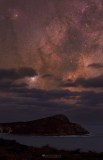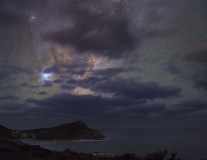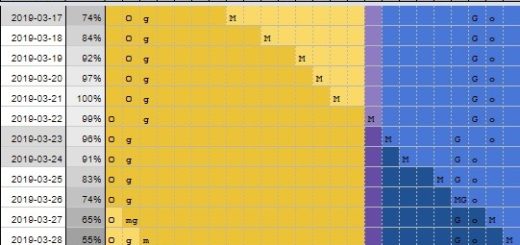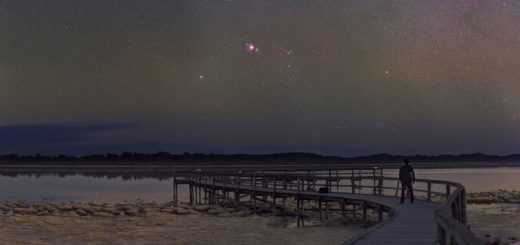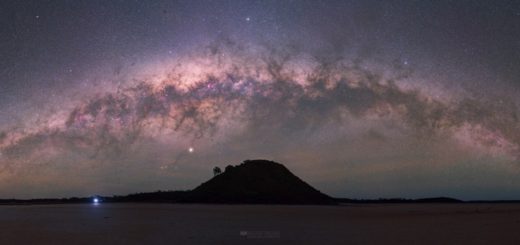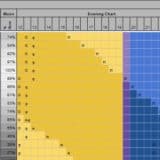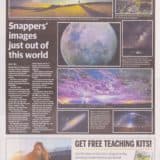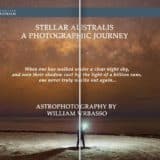Jupiter Ascending
by admin · April 5, 2019
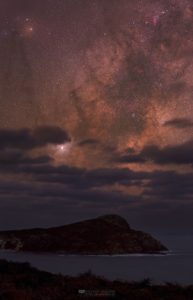
Jupiter ascends above the dark seascape and the bare stone of Peak Head located near Albany, Western Australia. Outshining the brightest stars, Jupiter defiantly pierces a gap in the looming clouds as behind it the Milkyway core rises, burning with light of a billion suns. Yet even this brilliance is not enough to filter through the approaching clouds, and the cold waters and weathered stone below remain shrouded in darkness, its solitary beauty fleeting in this image.
The weather forecast had predicted a full night of clear skies, the first time since I moved down to Albany earlier this year. I had planned to make the most of this rare opportunity by journeying to the Torndirrup coastline where there is an abundance of fantastic seascapes as well as being far enough from the bright lights of Albany that the night skies are dark and clear. But alas, it was not to be. Soon after I had reached my destination the clouds started to form off the coast and with the gentle breeze drifted across the star filled sky.
This image of Peak Head was taken at the end of my short session just before the clouds covered the rising core of the Milkyway. It was viewed from the Blowholes car park across the small bay after I had moved on from my previous imaging run (from the Blowholes looking west towards Cave Point lighthouse - covered in another post).
I used an iOptron sky tracking mount to take this 1 x 4 panel mosaic through an 85mm lens. There are a few things to remember when using longer focal lengths to create nightscape panoramas when there are clouds in the sky. Use a greater overlap in the frames (reduces the chance of "cutting" a cloud as it drifts across the edge of a frame). The rate that a cloud "drifts" across the frame is a function of the wind but is particularly dominated by how high it is in the sky - the closer the clouds are to the horizon (i.e. the further away they are), the slower they will "drift" and the longer exposure you can take. Correspondingly, the closer the clouds the shorter the exposure. In the end, one should consider swapping the lens for a wider angle if the movement is too large.
A Canon EOS6d (modified) was used through a Canon 85mm f/1.2 lens stopped down to f/3.5. All camera and lens settings were kept the same for all panels, and all shots were taken one immediately after the other. The iOptron tracking mount was used for the sky and turned off for the foreground panels. Stitching in PTGui, colour balance, noise reduction, saturation and some brightness / contrast adjustment in Photoshop.
| IMG_0239 | 2019-04-05 | Peak Head, Torndirrup, Western Australia | EOS6D modified | Canon 85mm f1.2 | f/3.5 | UV/IR cut-filter | iOptron mount | ISO1600 | 30sec | 4 x panels |
After this one I took another slighter wider panorama with a 50mm lens and doing a 2 x 3 panel mosaic. I also used a different colour balance. This one did not turn out great, very "grainy" due to trying to brighten the scene through processing - revealing alot of the image noise.
| IMG_0253 | 2019-04-05 | Peak Head, Torndirrup, Western Australia | EOS6D modified | Canon 50mm f1.2 | f/3.2 | UV/IR cut-filter | iOptron mount | ISO1600 | 30sec | 6 x panels |

